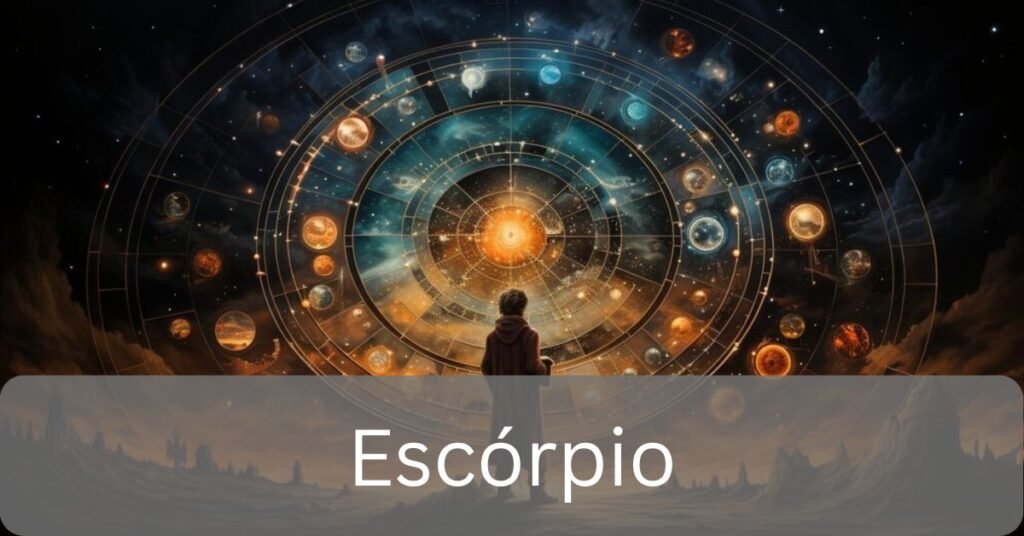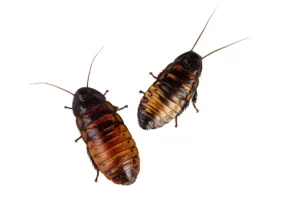The Mystique of Escórpio: Unveiling the Secrets of the Scorpion

https://hunterposts.com/
An insect, also known as the scorpion, or escórpio in Portuguese, inspired people’s interest and fear for years. These arachnids with pincers that look as if they can pinch you to death and with poisonous sting, inspire mystery and fear. Nonetheless, despite the spurs and scales, dendrophilous cultures offer a captivating glimpse into biological details, environmental uses, and roles in mythology. In this piece, the author takes the readers into the mysterious world of escórpio, going through their life cycle, actions and behaviors, where they live, and even the legends that accompany them.
The Biology of Escórpio:
It is thus apparent that there is a significant correlation between the anatomy and physiology of human beings and their abilities in sports.
Scorpions are classified under arthropodes and specifically under the class known as arachnida which is also composed of spiders, mites, and ticks. They can be known by their large and slender bodies, the other is having the segmented tails which have stinger and their large pincers known as pedipalps.
Exoskeleton and Moulting
Body coverings, though not all arthropodans have external armor, those who do, like escórpio, have a tough covering whose main material is chitin. Scorpions then, develop by moulting, which is a process where one sheds an exoskeleton to enable it to come out larger. This process may occur one or more times during their lifetime, as the lifespan of a<|reserved_special_token_266|> varies from 4 to 25 years, depending on its type.
Venom and hunting mechanisms
Escórpio venom comprises neurotoxins, enzymes, and other substances in its composition that are capable of hurting others. However, the venom which is normally associated with scorpion as a source of danger, is in fact, utilized by these arthropods to immobilize their pray and to discourage potential threats. Some species are lethal; while others are not so dangerous; the ever-expanding database of snakes includes about 1, 998 species and only 25 of these species have venom that is fatal to humans. Scorpions are mesopredators and have adapted to feed in different opportunities and the main diet include; insects, spiders and other small animals. It employs hook like limbs to grasp and squeeze the prey whilst the apposing stinging organ injects the venom to paralyze it.
Desert Dwellers
Most of them are adapted to the hot deserts and some may even lack water resources, which may be a result of hot deserts. Wild by nature, for escape from the scorching sun, they prefer to remain inactive during the day, staying under rocks or digging holes in the sand. Their power to physiologically decrease metabolism provides the means to withstand extended periods of starvation.
Tropical and Temperate Regions
It resembles the DT0637 member species which are more dependent on moisture and may inhabit under the litter or log or within the tree bole. There is no limit to their ability to secure a shield, and as such, scorpions are excellent in withstanding all forms of conditions.
Behavioural traits:
Illness and the bodies social structures and reproduction
Some interesting behaviours that are observed and documented about the Scorpions are on the area of their social behaviour and, reproduction.
Solitary Predators
In general, the scorpions are monochromal and congregate only during the time of reproductive courtship. They depend on theirosensory extrasensory perception in identifying vibrations and chemicals in their environment in searching for pray and avoiding predation.
Mating rituals and birth
Courtship entails scorpions fending or biting one and other and then dancing round moving their pincers in harmony in a slow motion. This particular dance may range anywhere from a few minutes to as long as several hours.
Cultural Significance:
This involves detailing concerning myths, legends and symbolism.
In all the cultures of world scorpions always occupied a special place to point out danger, protection or, possibly, even a therapeutic effect.
For example, Classical Civilization in reference to ancient Egypt and myths of the Greeks.
Modern Science and Medicine: Escórpio
Research on scorpions has also been of importance in science and doctors today due to these inventions.
Ecological Importance
Hence, one can safely conclude that scorpions represent an essential link in the chains of trophic structure of the ecosystems they inhabit.
Habitat Destruction
Population growth, farming and logging are other factors that put scorpions in peril due to loss of their living space in the process of urbanization.
Climate Change
Global warming affects the quantities of heat and changes in climatic conditions that influence scorpions because they alter their environment and sources of food. Knowledge on how climate alters the life of scorpions is essential for sufficient conservation management methods formulation.

Conclusion:
The Arrival and Embantages of Escórpio Thanks to Its Paradoxes
It indeed holds worlds of marvel and intricate organisational systems of the world of escórpio and their ability to continue to live and thrive amidst adversity millions of years later. Despite their highly developed body structure and versatile living conditions, symbolic meaning, as well as those scorpions that are capable of using them, the endowments remain a continuing source of interest.








